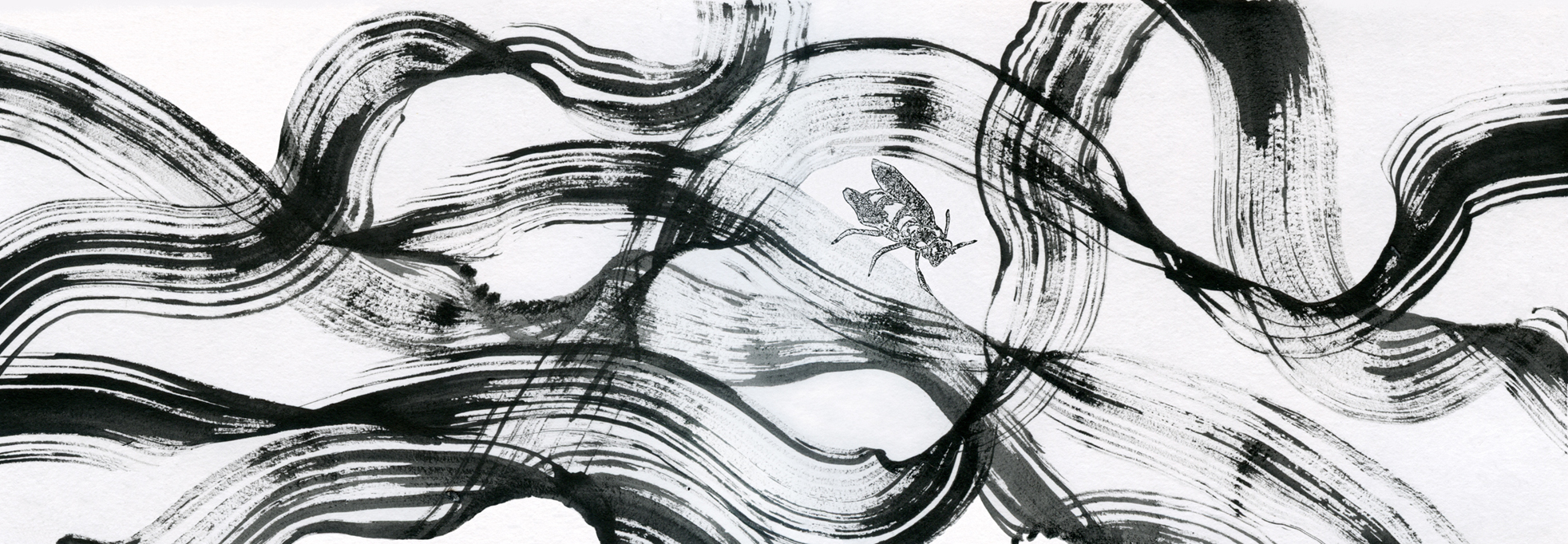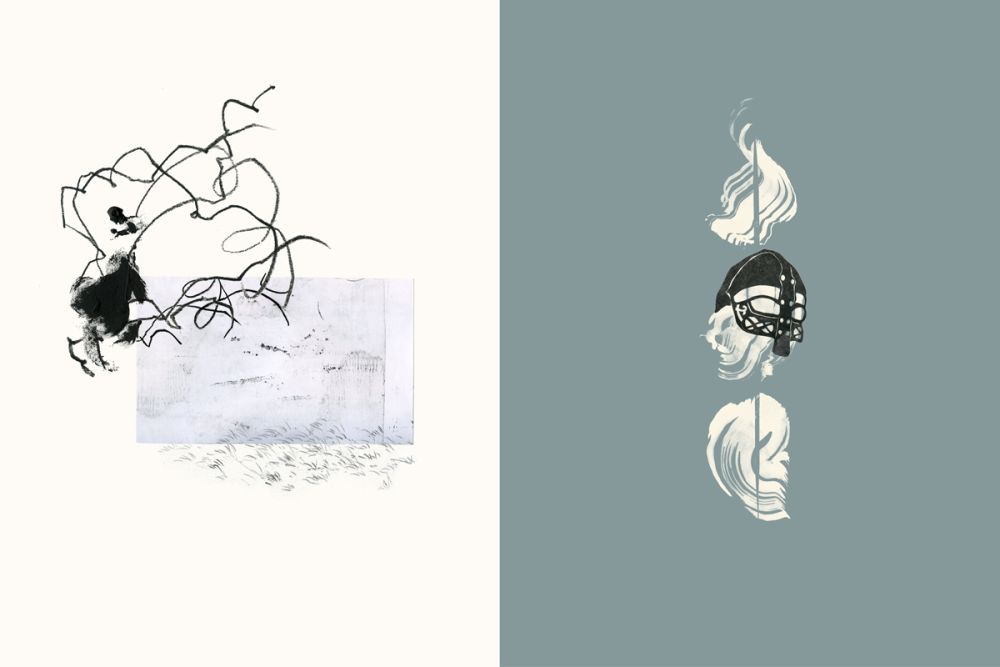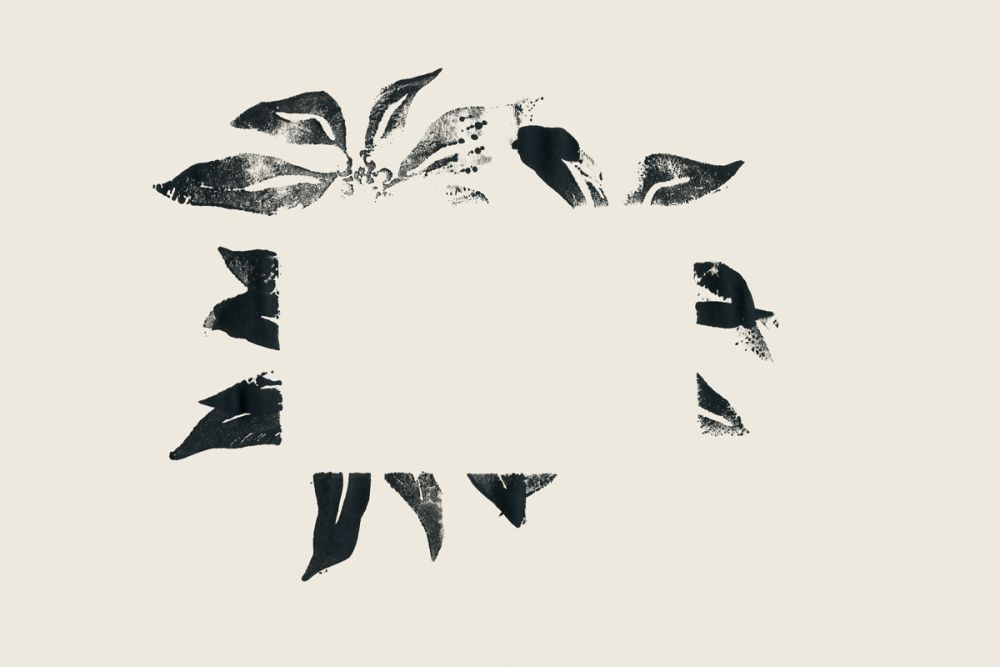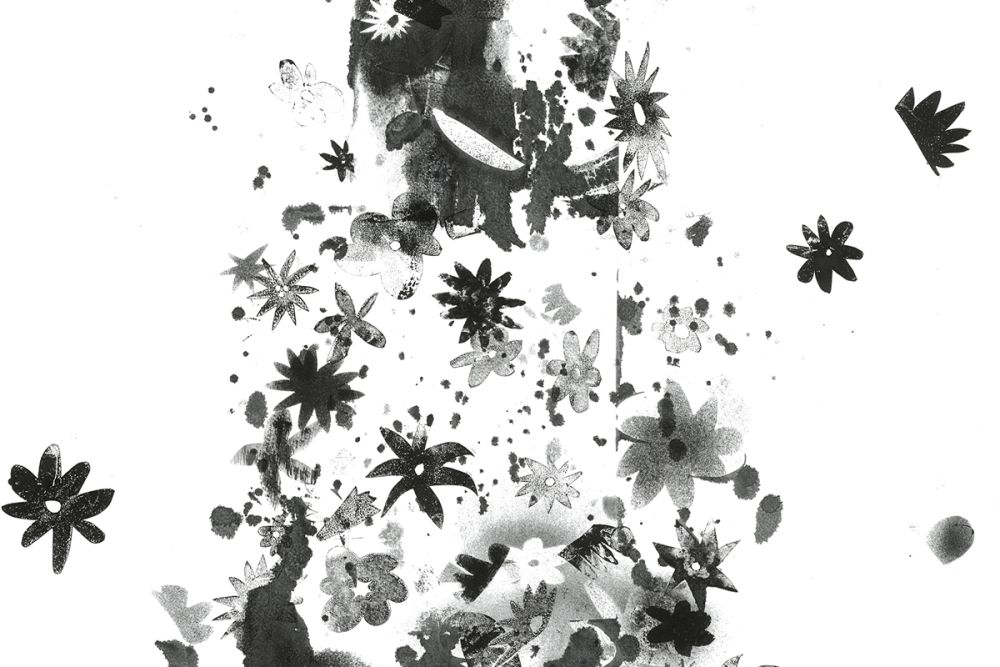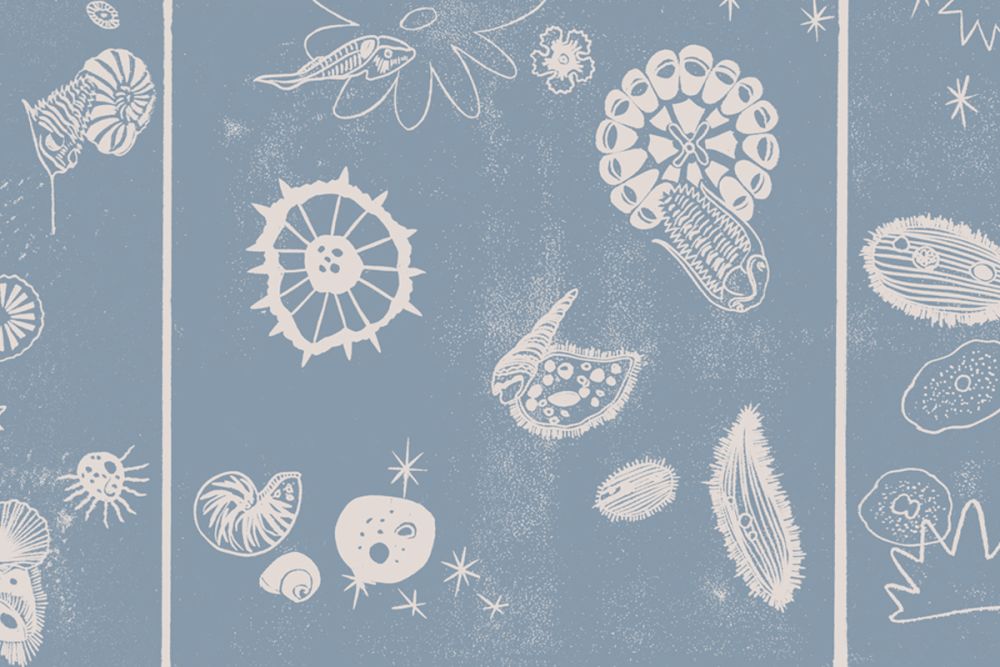We caught up with Augusta Akerman, who teaches Illustration - Drawn to Digital at Chelsea College of Arts. Augusta graduated with a distinction from MA Illustration at Camberwell College of Arts in 2013 and now works as a freelance Illustrator and surface pattern designer. Her work is primarily narrative based, combining a classic illustrative style with a looser abstract sense of design. She works with a variety of materials including pen and ink as well as various printing methods from Lithography to Lino. She has recently begun working with textiles and wallpapers - printing her illustrations onto silk and cotton, exploring a range of subjects that include climate change and the migrations of animals.
Hi, what is your name and what do you teach?
Augusta Akerman and I teach the Illustration - Drawn to Digital short course
How did you come to work in your field?
After graduating from Glasgow School of Art in Fine Art Photography, I then found myself working in the film industry as a set decorator. I'd always felt like I wanted to do more illustration and drawing, but didn't have the confidence initially. I decided to save up to apply to do the MA Illustration at Camberwell. I managed to get on the course and it gave me the confidence boost I needed to pursue a career in illustration and art. For the last 5 years I've been working freelance on various commissions alongside doing my own personal work. I'm currently working for MinaLima, a graphic design studio, known for their work with Harry Potter and the Wizarding World.
Could you tell us a little bit about something you've been working on recently as well as your wider practice?
I've got a long term personal project illustrating chapters from Ursula K Le Guin's Earthsea books. The illustrations are developing into a combination of printmaking and digital collage. Alongside this I've been working on an experimental film piece, where I have been painting onto film and animating the results.
Tell us about one piece of creative work by another Artist that has been on your mind lately?
Clive Hicks Jenkins' 'Christmas at Camelot' from Simon Armitage's 'Sir Gawain and The Green Knight'. This screen print is currently one of my favourite pieces of illustration. The main reason I love this piece is the combination of graphic shapes with soft shading and texture. I enjoy the dreamy floating architecture that plays with scale and distance, and comments on Camelot as a place that represents different things to those seeking it.
What advice would you give to aspiring creatives?
Try not to be so hard on yourself. Stop comparing yourself to other artists, there is absolutely no point. If your worried about not doing enough work, start working every Sunday for a couple of hours ! Watch films, read books and eat food - you never know where you will find a new idea, see a new colour or a new subject to explore. Also don’t throw anything away, always keep things for collage!
Augusta's work
How has teaching students on Short Courses informed your approach to art?
Teaching has actually made me braver in my own decisions when it comes to my creative practice. Most people who have felt distanced from art for whatever reason, find starting a new project can be daunting. Art, they feel is something that other people do, people who have been doing it all their lives, but that’s just not the case. Speaking about this in front of a class, has allowed me to hear my own words and take them to heart.
What is the most important thing that students take away from your course?
I would like to think the course kickstarts a renewed energy for making again, especially for those who have found it hard to get back into their art practice. Students take away new print making skills that are easily recreated at home. They also pick up the ability to scan and manipulate their designs on the computer using Photoshop. The most important thing is that they are encouraged to keep working and developing their own projects.
Anything you'd like to add?
I would like to add that everything I say to the students I say to myself. It is the nature of creativity that we sometimes don’t know exactly where we’re going with work or what it will look like when it’s completed. Feeling around the edges is important. Trying and failing at something is really hard but its your party and ultimately your opinion of your work is the only one that matters.
You can see more of Augusta’s work, on her website and social media
